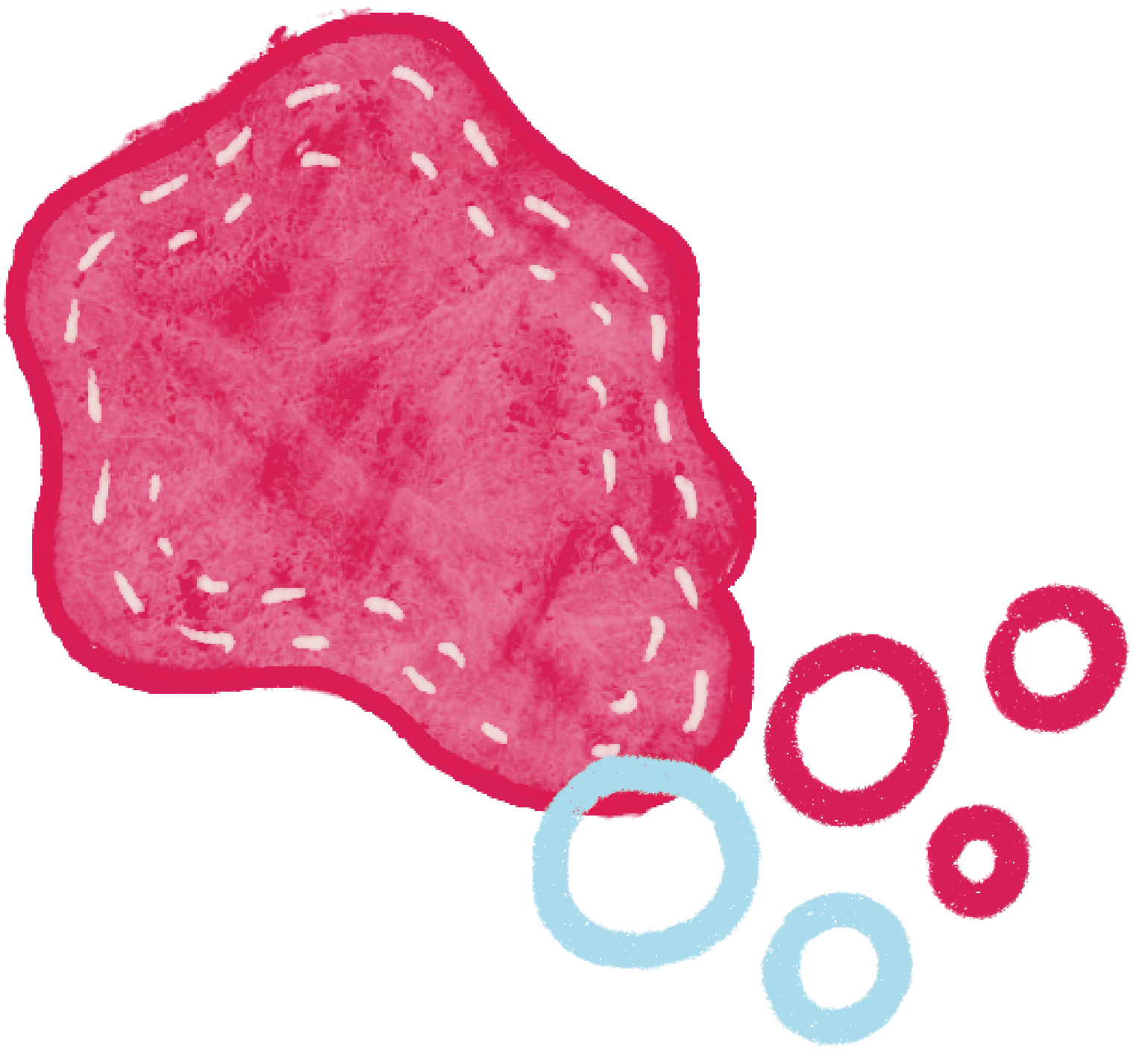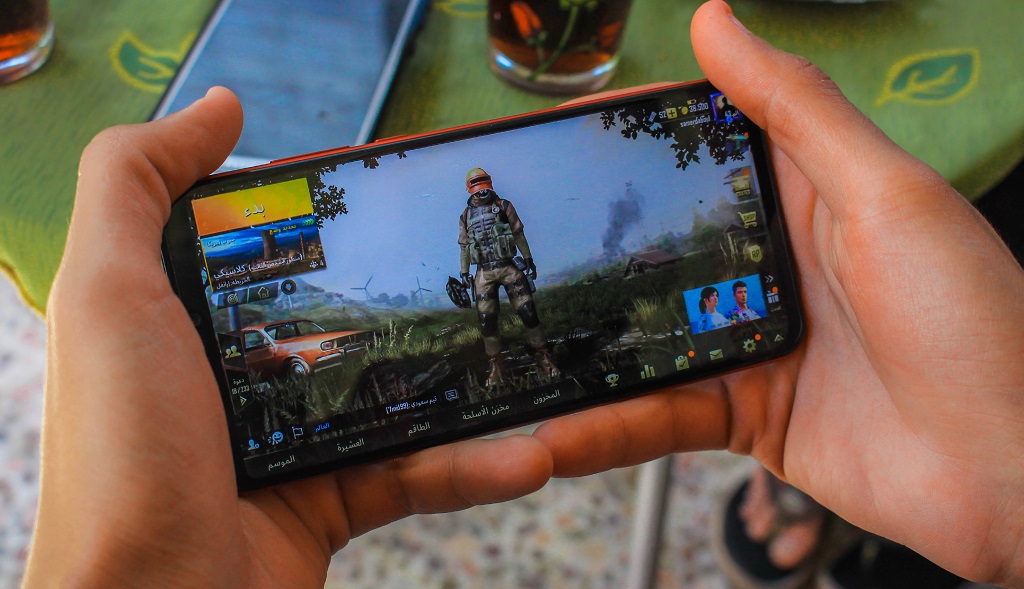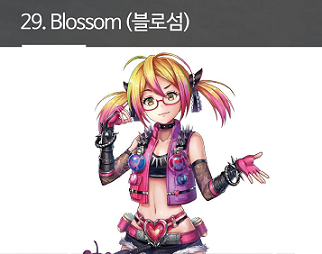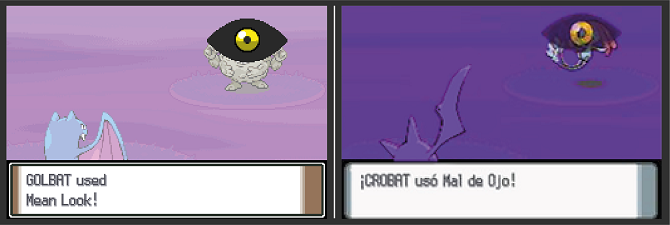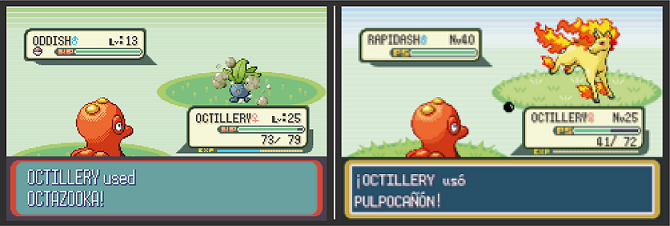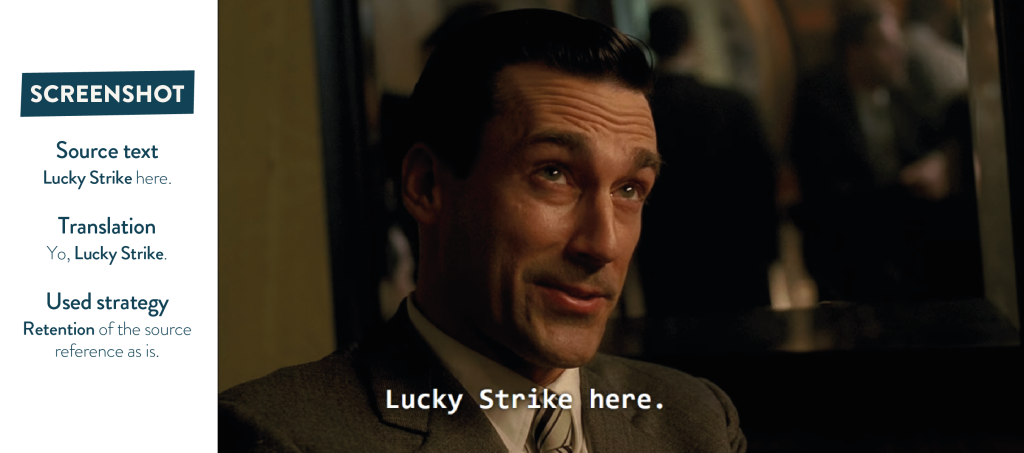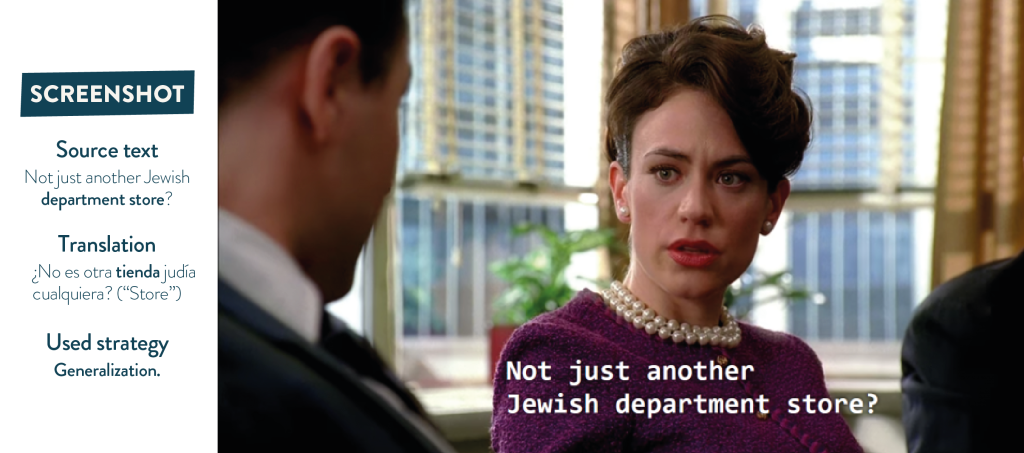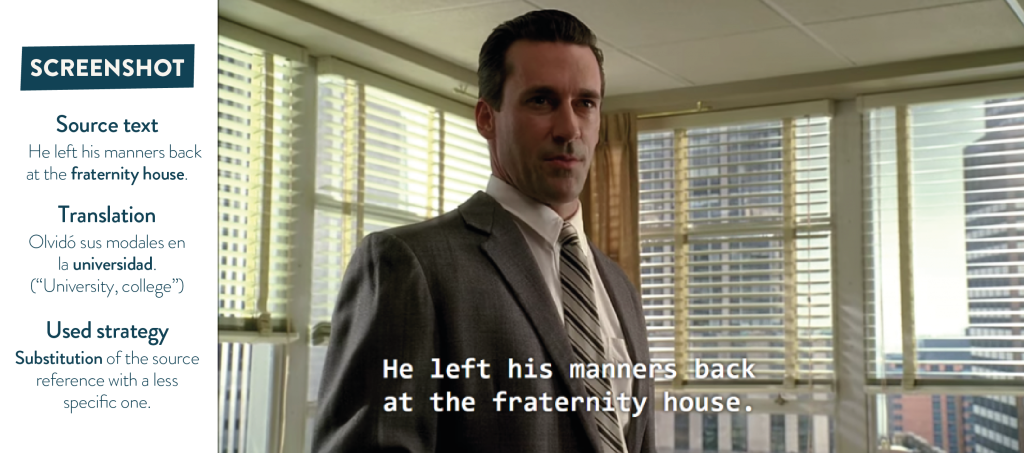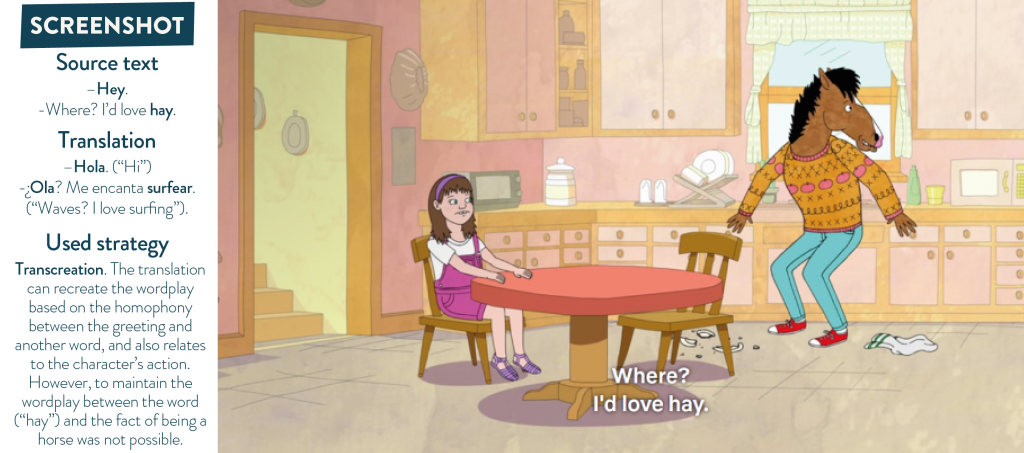In today’s global marketplace, businesses that are looking to expand on a global scale must carefully consider their communication strategies. Companies that do not adapt their messaging and branding to fit the cultural nuances and preferences of their target audiences run the risk of failing to resonate with and even offending potential customers. This is where transcreation can really come in handy.
Unlike direct translation services that solely focus on translating words and phrases from one language to another, transcreation involves changing content elements to fit the local culture and linguistic nuances of the target market the content is intending to reach.
Transcreation takes into account cultural norms and values, humor, metaphors, and other cultural aspects specific to the target audience. Transcreation is crucial for international expansion because it ensures that a company’s message is not only accurately translated but also effectively communicated. It can also help avoid major accidental faux pas that can ruin your launch in a new market. These are four examples of major brand blunders that transcreation could have helped businesses avoid.
Keep reading for more insight into why transcreation is the secret to successful globalization.
The benefits of transcreation in the globalization of a company
The benefits of transcreation in the globalization of a company are numerous. Let’s take a closer look at a few of them:

- Higher engagement. By editing the images, words, and other content elements to suit better the customers they’re trying to reach, businesses can achieve higher engagement with potential customers. When devoting ample time, resources, and money to a new launch, the last thing you want is for your content to fall flat.
- Improved ROI. Increased levels of engagement can translate into an improved return on investment (ROI), as highly engaged customers are more likely to convert.
- Better brand positioning. By using transcreation to appeal to the local culture, businesses can achieve a stronger and more recognizable brand presence in the target market. This positioning is key for establishing a brand’s credibility and reputation in a new market.
- Avoid cultural mishaps. Transcreation can help businesses avoid cultural mishaps that can arise from a lack of understanding of the target market’s cultural norms and values. These mishaps can include inappropriate language, imagery, or other cultural references that can offend potential customers.
For all these reasons—and more—it is essential to work with transcreation professionals who are experts on the target market culture when undertaking transcreation. These expert transcreators understand the nuances of the local culture and can ensure that all elements of a product or brand communication are appropriately adapted to fit the target audience.
The Takeaway
Transcreation is a vital component of any global growth strategy. By using transcreation to customize products and content to their target audience, businesses can achieve higher engagement, improved ROI, better brand positioning, and avoid cultural mishaps—all in one fell swoop. To take advantage of these benefits, companies must work with professionals who are well-versed in the culture and language of their target audience.






















